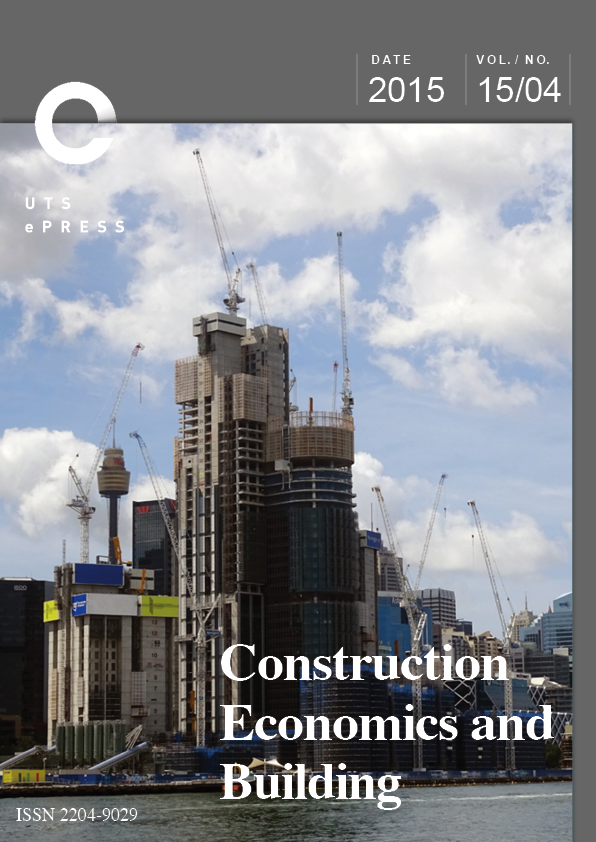Green Roof Evaluation: A Holistic ‘Long Life, Loose Fit, Low Energy’ Approach
Main Article Content
Abstract
Green roofs have potential to improve the social and environmental performance of detached housing in Australia, yet often they are overlooked due to prohibitive capital cost and a range of other perceptions that are difficult to quantify. A classic evaluation problem is invoked that must balance short and long term benefits. Using two distinct designs of the same floor area, green roof and traditional housing prototypes are analysed to determine the relative ‘breakeven’ point when long-term benefits become feasible. It is discovered that green roofs are unlikely to be viable in their own right, but when coupled with an overall design strategy of long life (durability), loose fit (adaptability) and low energy (sustainability) they can deliver least cost (affordability) over time as well as unlock valuable social and environmental rewards. This outcome can be realised within 25% of a home’s expected design life of at least one hundred years. The results demonstrate that residential green roofs, when integrated as part of a holistic approach, can be both individually and collectively justified on key economic, social and environmental criteria, and are therefore able to claim a valuable contribution towards wider sustainable development goals.
Article Details
Section
Authors who publish with this journal agree to the following terms:
a) Authors retain copyright and grant the journal right of first publication with the work simultaneously licensed under a Creative Commons Attribution License that allows others to share and adapt the work with an acknowledgement of the work's authorship and initial publication in this journal.
b) Authors are able to enter into separate, additional contractual arrangements for the non-exclusive distribution of the journal's published version of the work (e.g., post it to an institutional repository or publish it in a book), with an acknowledgement of its initial publication in this journal.
c) Authors are permitted and encouraged to post their work online (e.g., in institutional repositories or on their website) prior to and during the submission process, as it can lead to productive exchanges, as well as earlier and greater citation of published work (See The Open Access Citation Advantage Service). Where authors include such a work in an institutional repository or on their website (ie. a copy of a work which has been published in a UTS ePRESS journal, or a pre-print or post-print version of that work), we request that they include a statement that acknowledges the UTS ePRESS publication including the name of the journal, the volume number and a web-link to the journal item.
d) Authors should be aware that the Creative Commons Attribution (CC-BY) License permits readers to share (copy and redistribute the work in any medium or format) and adapt (remix, transform, and build upon the work) for any purpose, even commercially, provided they also give appropriate credit to the work, provide a link to the license, and indicate if changes were made. They may do these things in any reasonable manner, but not in any way that suggests you or your publisher endorses their use.
